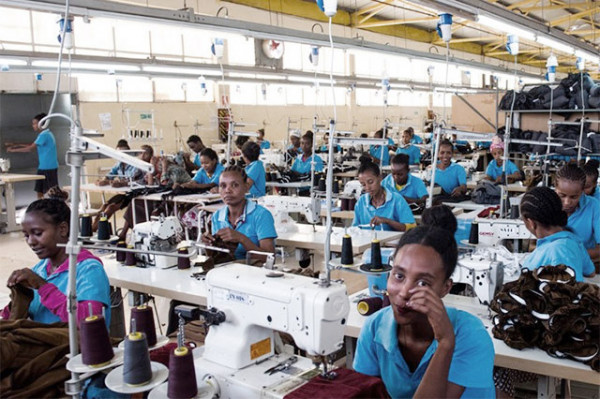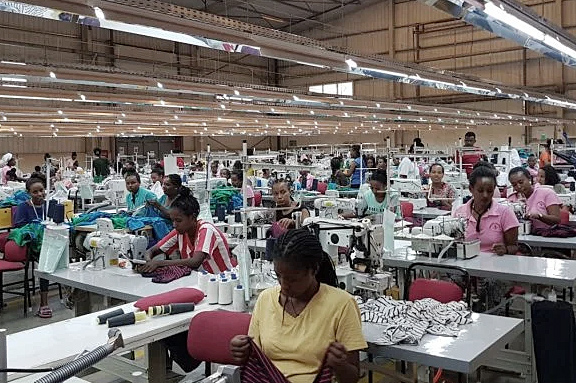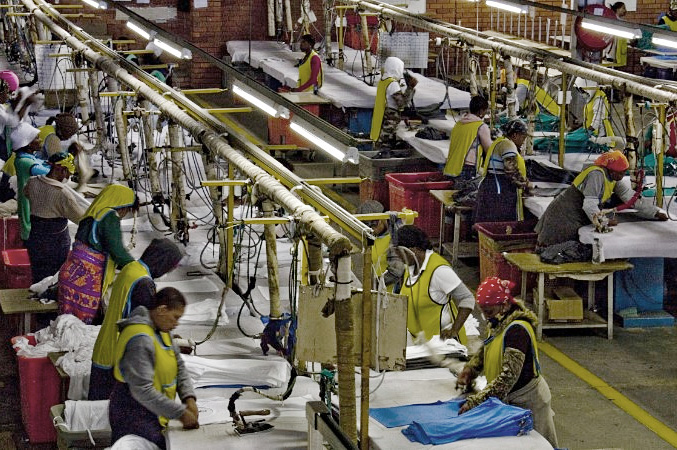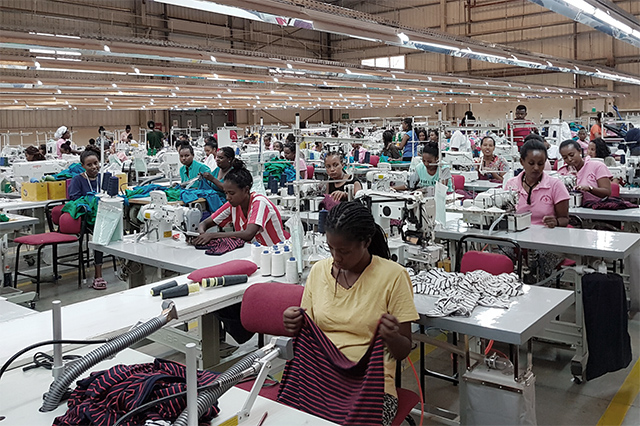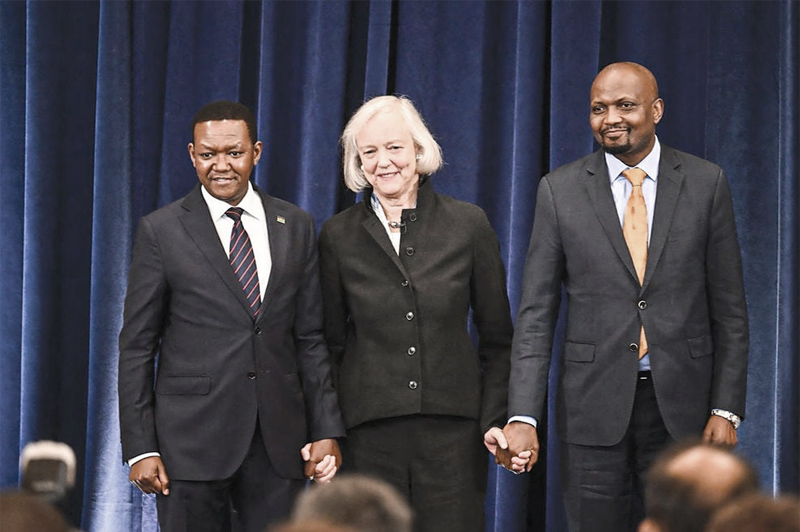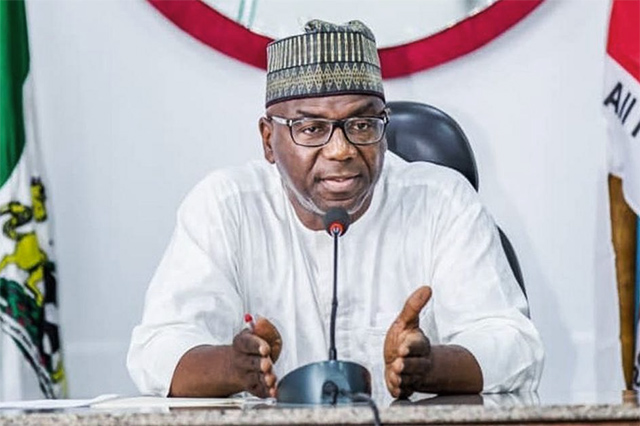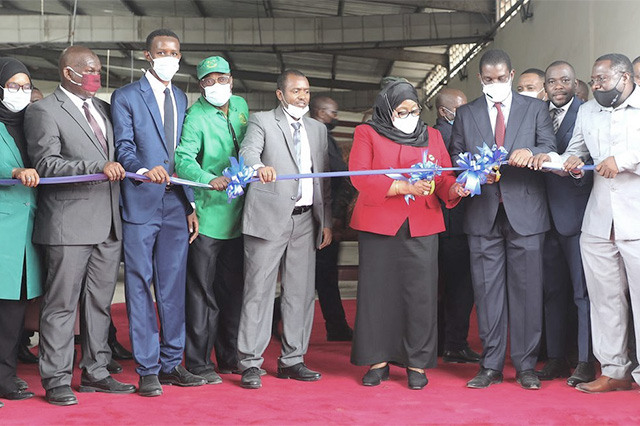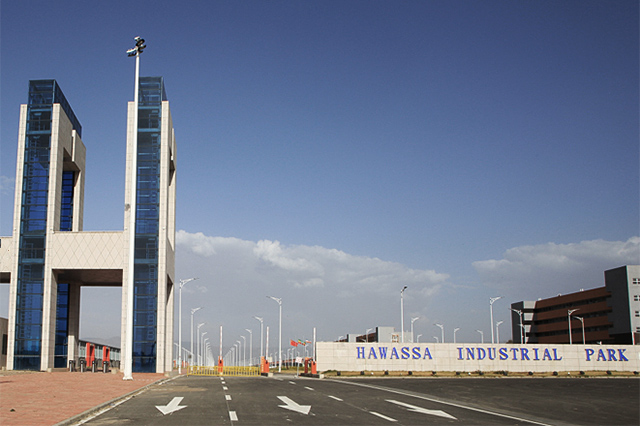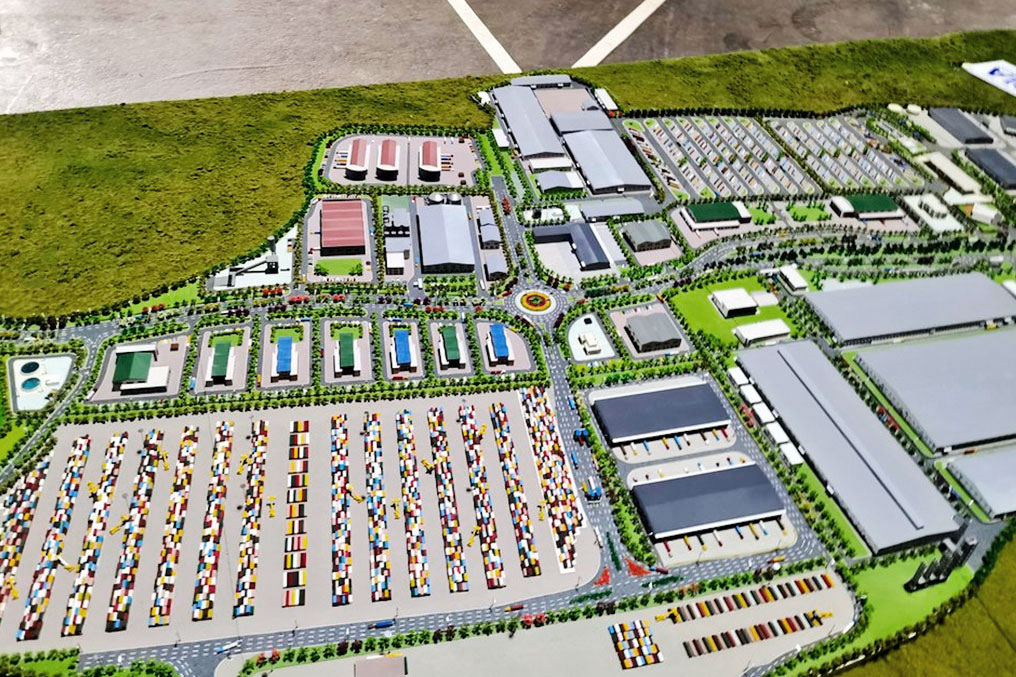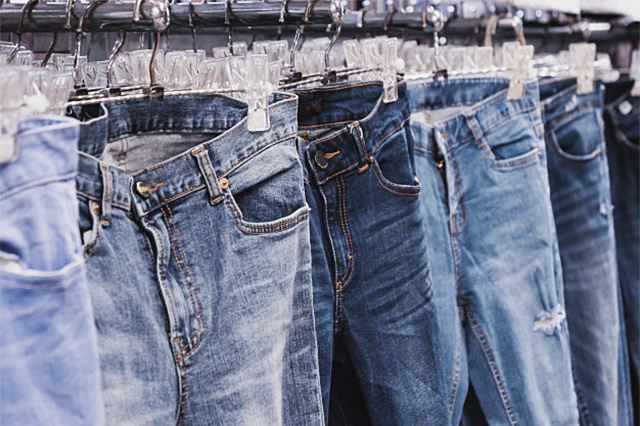Building Africa’s manufacturing strength in the textile and clothing sector
The rise of the fast fashion industry in the past few years has brought in its wake a booming trade of second-hand clothing.
Today, millions of people around the world donate clothes with the understanding that they will support the needy or will be resold in secondhand stores.
But are increased imports into Africa of second-hand clothing from developed countries consistent with the contemporary agenda of African economies, which is to industrialize and add value, rather than to consume?
This is at the heart of the recent trade dispute between African economies, particularly those in the east, and major international exporters of second-hand clothing, such as the United States.
Today, about 62% of the continent’s total exports are in primary form. With exports being largely commodity-driven, Africa is in a risky position because of price volatility and because it is dependent. Building a competitive textile value chain is an import step for the African continent to revive its import substitution industries. So the agenda to industrialize is a priority, but can the continent turn its production of textiles and clothing into a manufacturing industry when second hand exports dominate the consumer market?
What is it about second-hand clothing in Africa?
Used clothing has diverse names in the various African countries. In Rwanda, it's chagua, in Kenya, mitumba, and salaula in Zambia.
The global trade of second-hand clothing has a long and rugged history. It became prominent due to its affordability and to the surge in liberalization policies in the early 1990s. Second-hand clothing provides work for millions of resellers, distributors and market stall holders in developing markets, particularly in East Africa. But the decision by some countries to cut its imports of second-hand clothing in order to encourage local textile manufacturing has brought forth charges of protectionism from developed country exporters.
In an attempt to reconstruct the domestic garment industry, countries such as Rwanda are putting in place an industrial strategy to develop local textiles, apparel and leather sectors, taking a determined stance on imported second-hand clothing, which resulted in the US suspension of AGOA duty-free access to US markets. The exclusion from AGOA would affect about 3% of Rwanda's total exports to the US, that amounted to $1.5 million in 2017. Rwanda’s total exports that year amounted to $43.7 million .
However, the effects of the AGOA suspension on local economies may be mixed. It may stimulate local production of new clothing and footwear for the domestic market, but it could also negatively affect consumers through higher prices and reduced availability of clothing.
The garment and clothing industry globally are expected to double in the next 10 years, generating up to $5 trillion annually. In the USA alone, $284 billion are spent every year on fashion retail through the purchase of 19 billion garments.
This presents a tremendous opportunity for Africa at various levels of the value chain. From design to production to marketing, the fashion industry is a big and profitable business. The combined apparel and footwear market in sub-Saharan Africa is estimated to be worth $31 billion.
Creating a competitive value chain
The textile and garment industry presents a unique opportunity for countries seeking to pursue industrialization. The sector helps to diversify the economy, and if geared towards exports, it can be a source of foreign exchange.
Let’s look at the case of Ethiopia. The country has a target to generate $30 billion in exports from the textile and apparel sector by 2030 and the government has been building industrial parks to enhance the textile investment and productivity of the country. It’s no wonder that Ethiopia has attracted textile manufacturing giants like H&M and Primark.
But African countries face a host of challenges and opportunities alike. These include a weak business environment; a scarcity of skilled and unskilled workers, high cost of production, and low-level infrastructure among other challenges.
There is an urgent need for Africa to rapidly industrialize and add value to everything that it produces, and the textile and clothing industry is dominated by small and medium size enterprises, which have the potential to create decent jobs - skilled and unskilled - for millions of Africans, especially women and youth.
African countries need to build adequate infrastructure. Information and Communications Technologies (ICTs) such as e-commerce will be key to support this growth and tap into global and regional value chains.
Opportunities for African countries to take advantage of the potential of the textile and garment industry and participate in global or regional value chains depend on the comparative advantage of each economy, the level of its regional/global integration, infrastructure, human capital, access to finance and policies.
The African Development Bank has launched the Fashionomics Africa Flagship initiative to support the development of small and medium-scale enterprises operating in the textile and clothing industry in Africa, with a focus on women and youth empowerment, by increasing access to finance and access to markets through e-commerce for entrepreneurs whilst incubating and accelerating start-ups.
Success will come in ensuring that local content and artisanry are used and properly credited in the value chain which includes industrialization. This creates the foundation for a more sustainable and faster structural transformation of African economies.
Emanuela Gregorio, Economist, Gender, Women and Civil Society Department, and Stephen Yeboah, Communications Expert, both at the African Development Bank.


